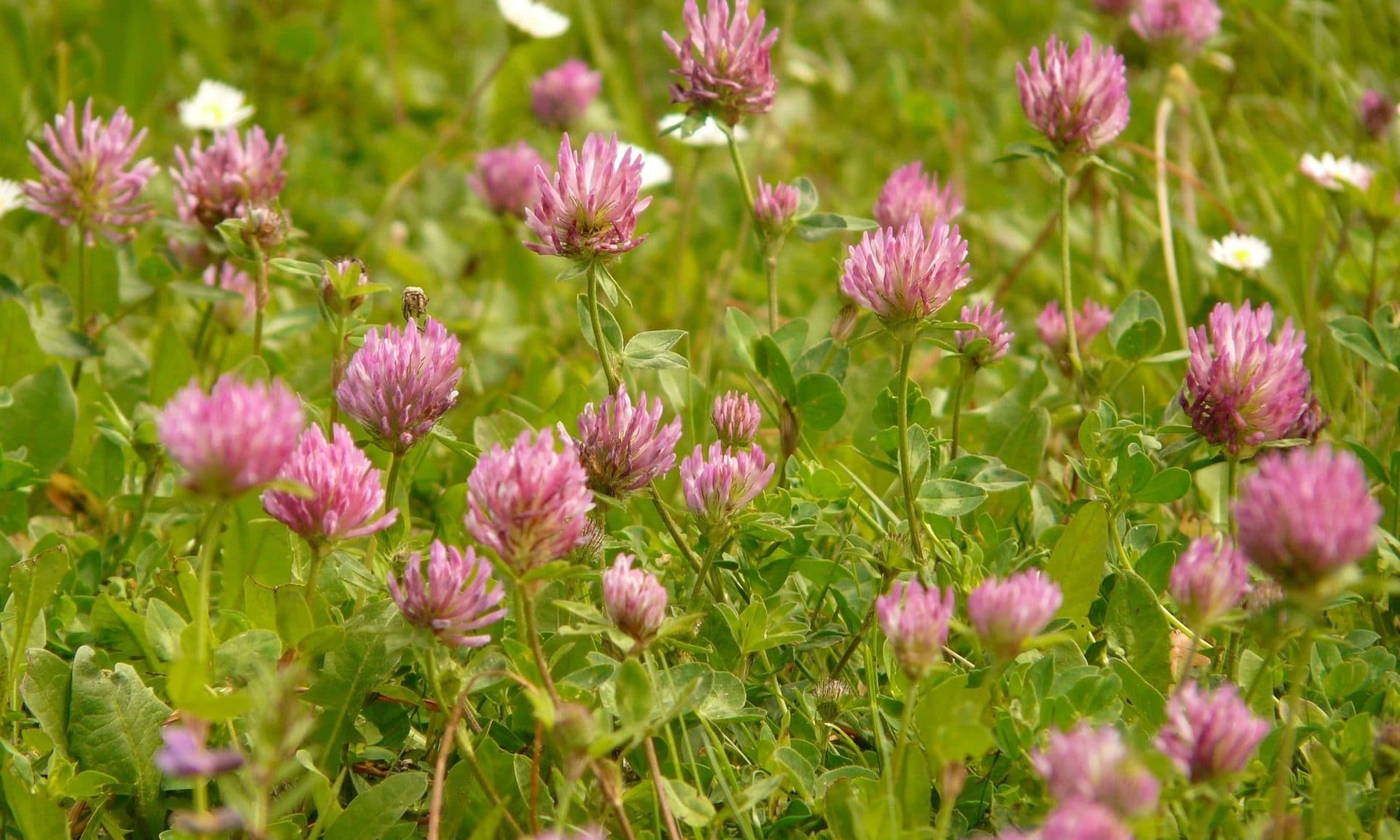Free radicals are continuously formed in our body as normal by-product of metabolism. Sometimes these free radicals are needed to fight against intruders such as bacteria and viruses. But free radicals can do a lot of damage. They react with essential molecules such as DNA, membranes and proteins. These damages can be life threatening.
Isoflavones have the property to neutralize free radicals. Among the isoflavones, genistein has the highest antioxidant activity. Genistein’s ability to act as antioxidant may also explain the anti-carcinogenic effect of this isoflavone.In our body Superoxide Dismutase (SOD) is produced to remove free radicals. Genistein seems to increase the production of this favourable SOD. Isoflavones, through their antioxidant action, also prevent cholesterol from damaging artery walls.
Several studies have evaluated the antioxidant potential of soy. One test showed that men who drank daily 1 liter soy milk were significantly more protected against oxidative damage to DNA than controls consuming cow’s milk or rice milk. Another study showed that the isoflavone genistein enhanced the activities of antioxidant enzymes in the skin and small intestine of mice.
References
Arora A et al. Antioxidant activities of isoflavones and their biological in liposmola system. Arc Biochem Biophys 1998 Aug 15;356:133-141
Liebler DC et al. Antioxidant reactions of green tea catechins and soy isoflavones. Adv Exp Med Biol. 2001;500:191-7.
Patel RP et al. Antioxidant mechanisms of isoflavones in lipid systems: paradoxical effects of peroxyl radical scavenging. Free Radic Biol Med 2001;31:1570-1581.
Wei H et al. Inhibition of UV light- and Fenton reaction-induced oxidative DNA damage by the soybean isoflavones genistein. Carcinogenesis 1996; 17:73-7.
Antioxidant and antipromotional effects of the soybean isoflavone genistein. Proc Soc Exp Bio Med 1995 Jan; 208(1)124-130
Effects of a soy milk supplement on plasma cholesterol levels and oxidative DNA damage in men–a pilot study. Eur J Nutr. 1999 Jun;38(3):143-8
Antioxidant activity of phytoestrogenic isoflavones. Free Radic Res. 1997 Jan;26(1):63-70
